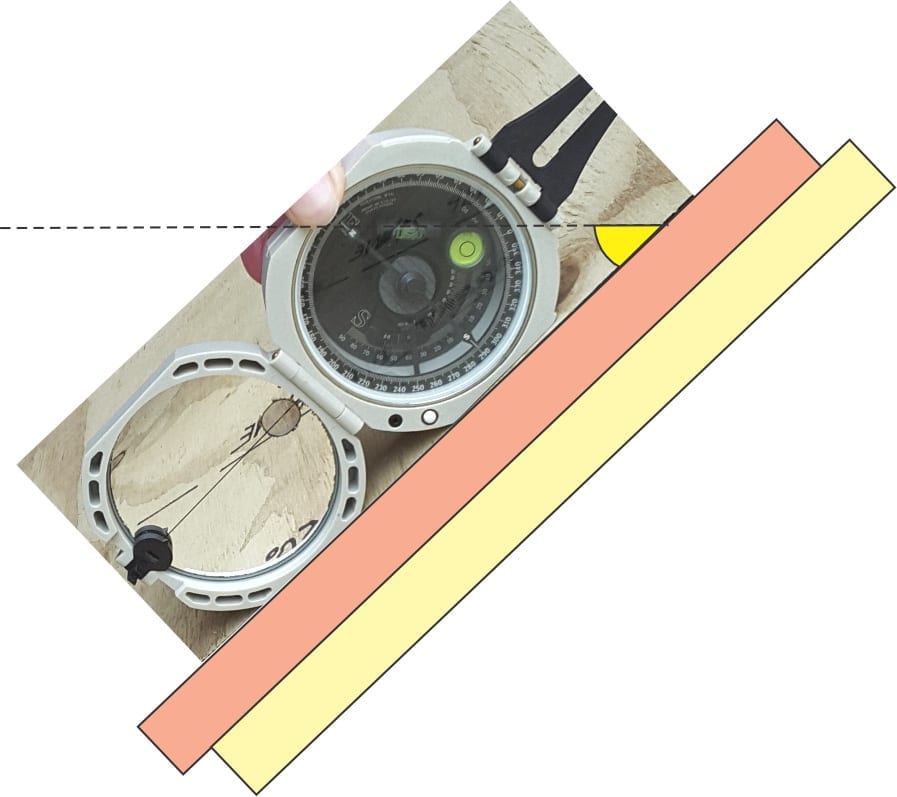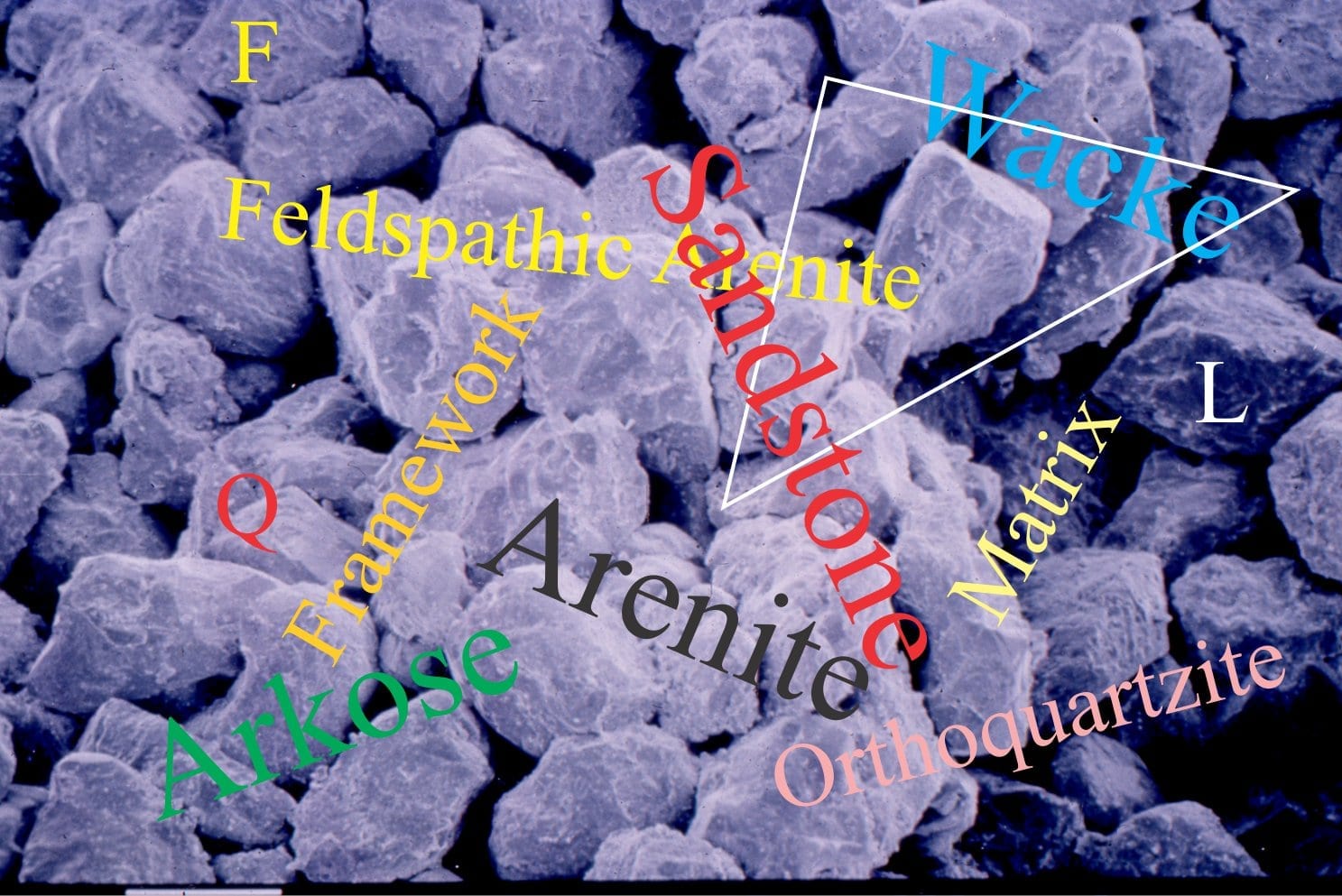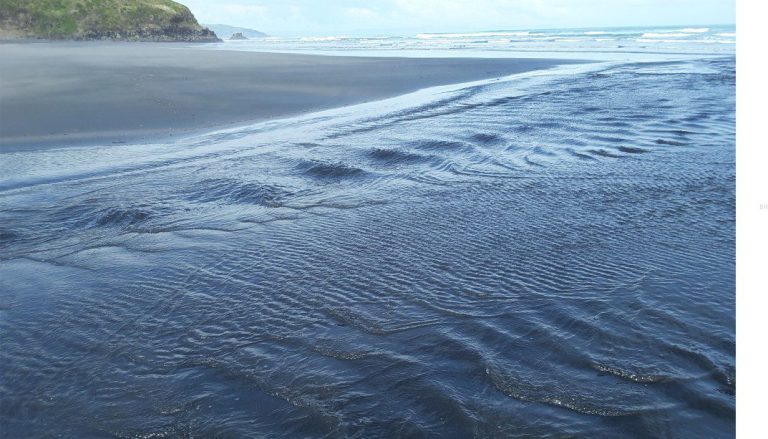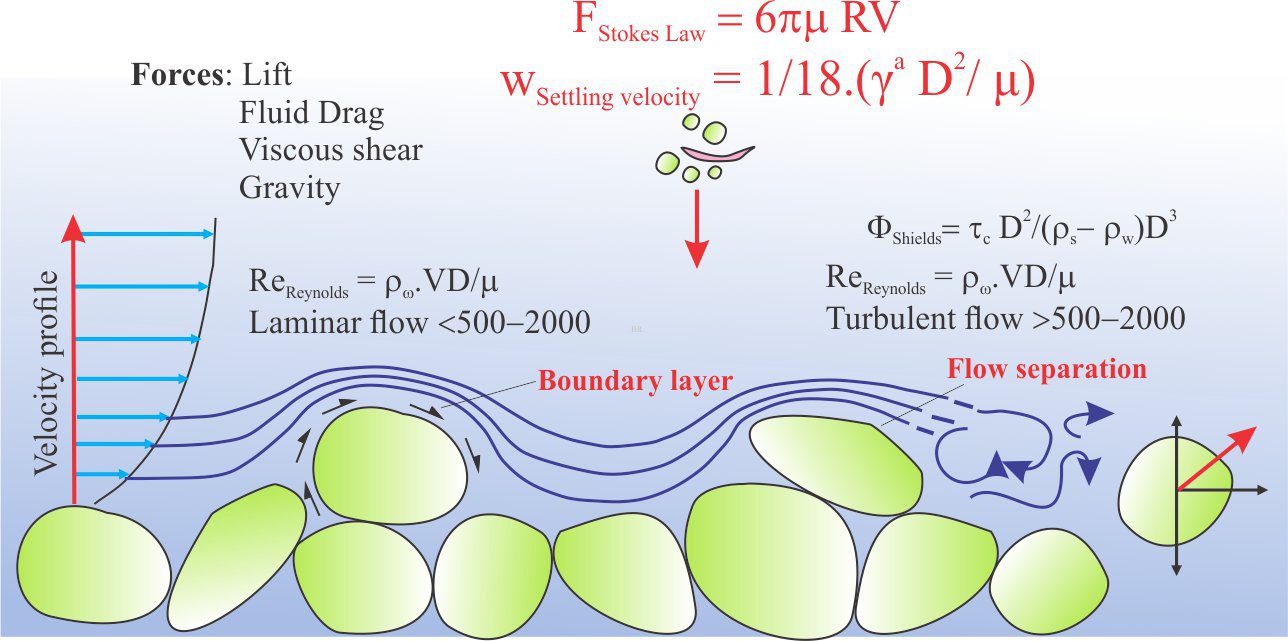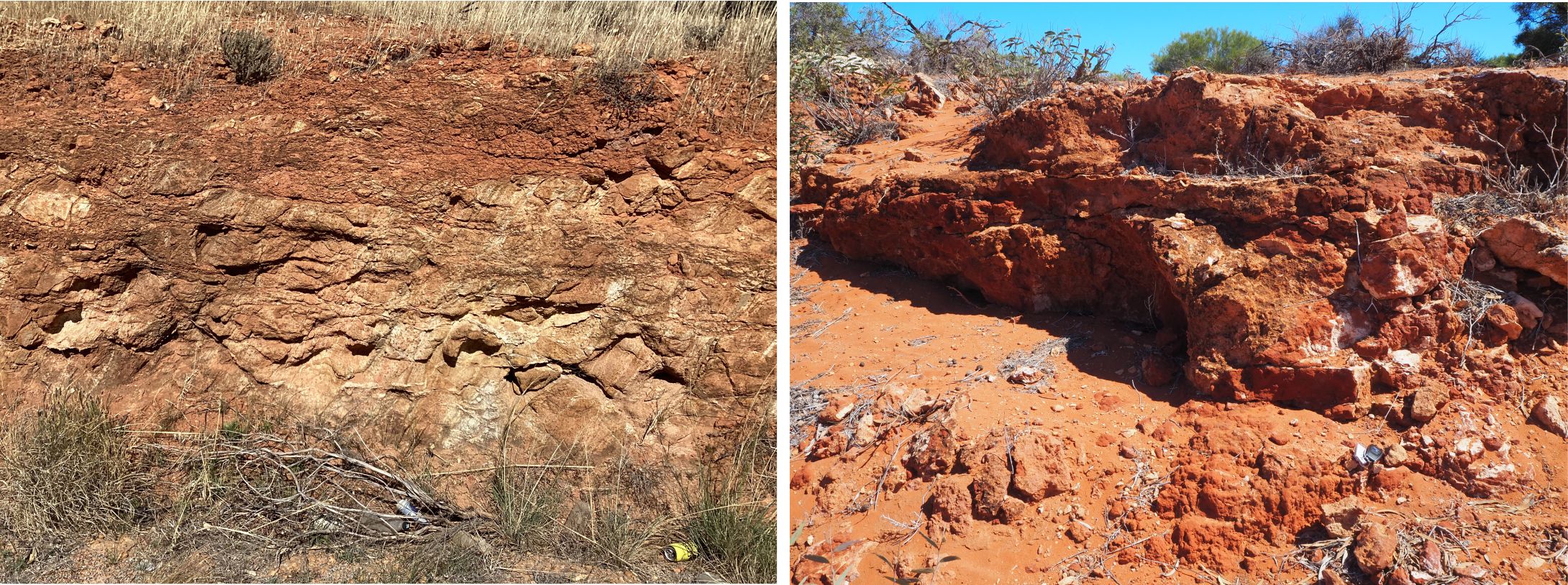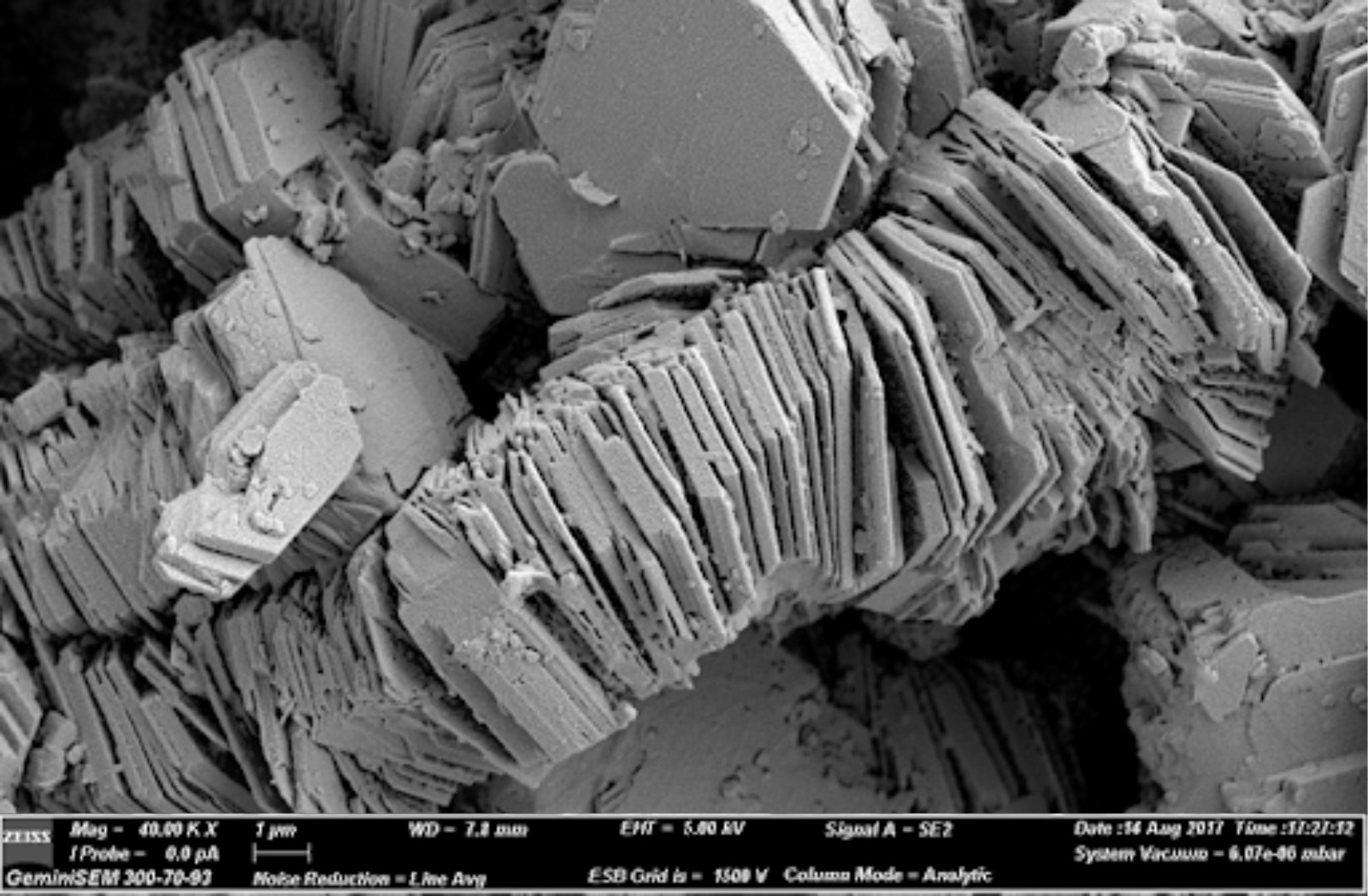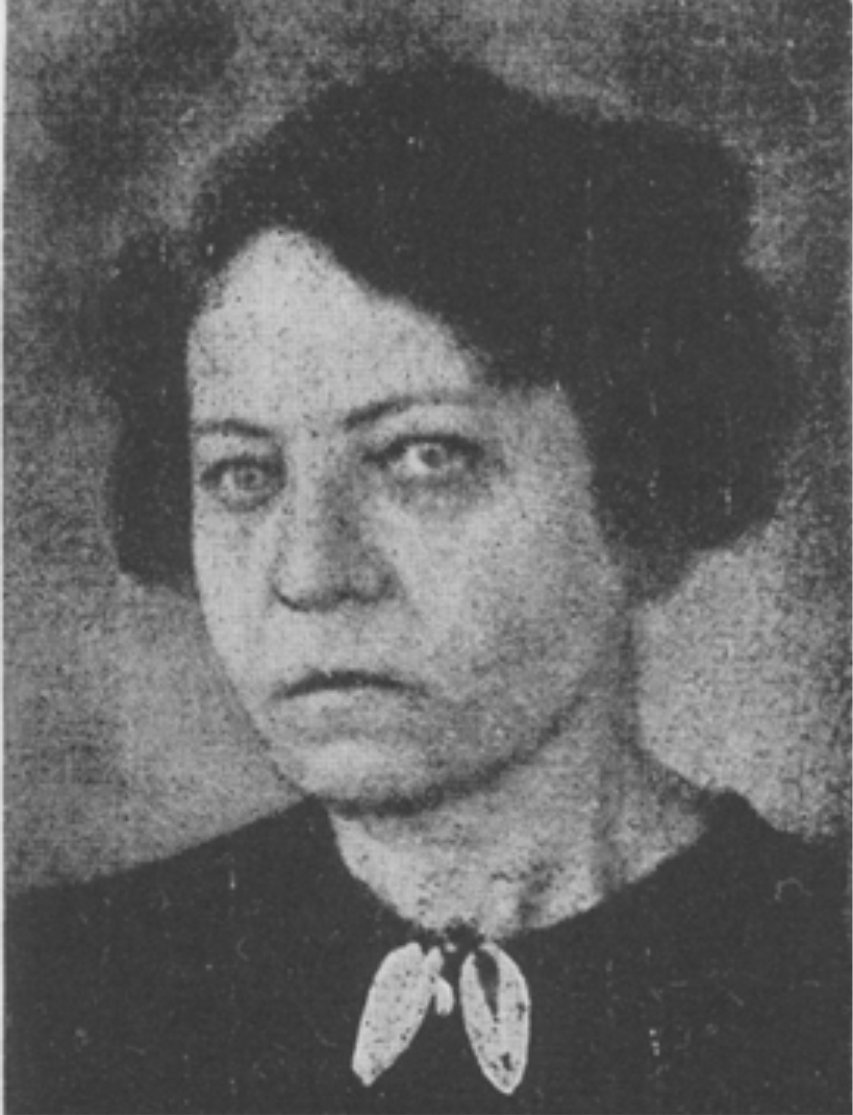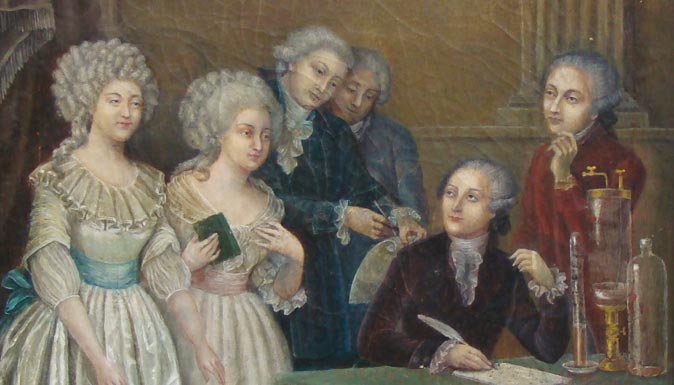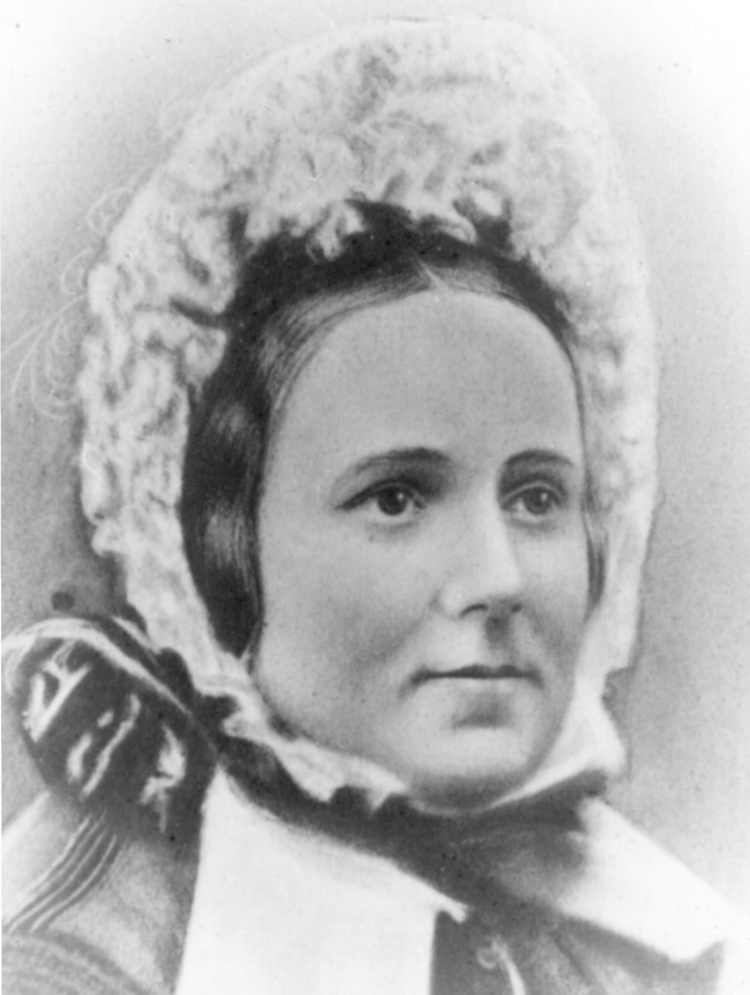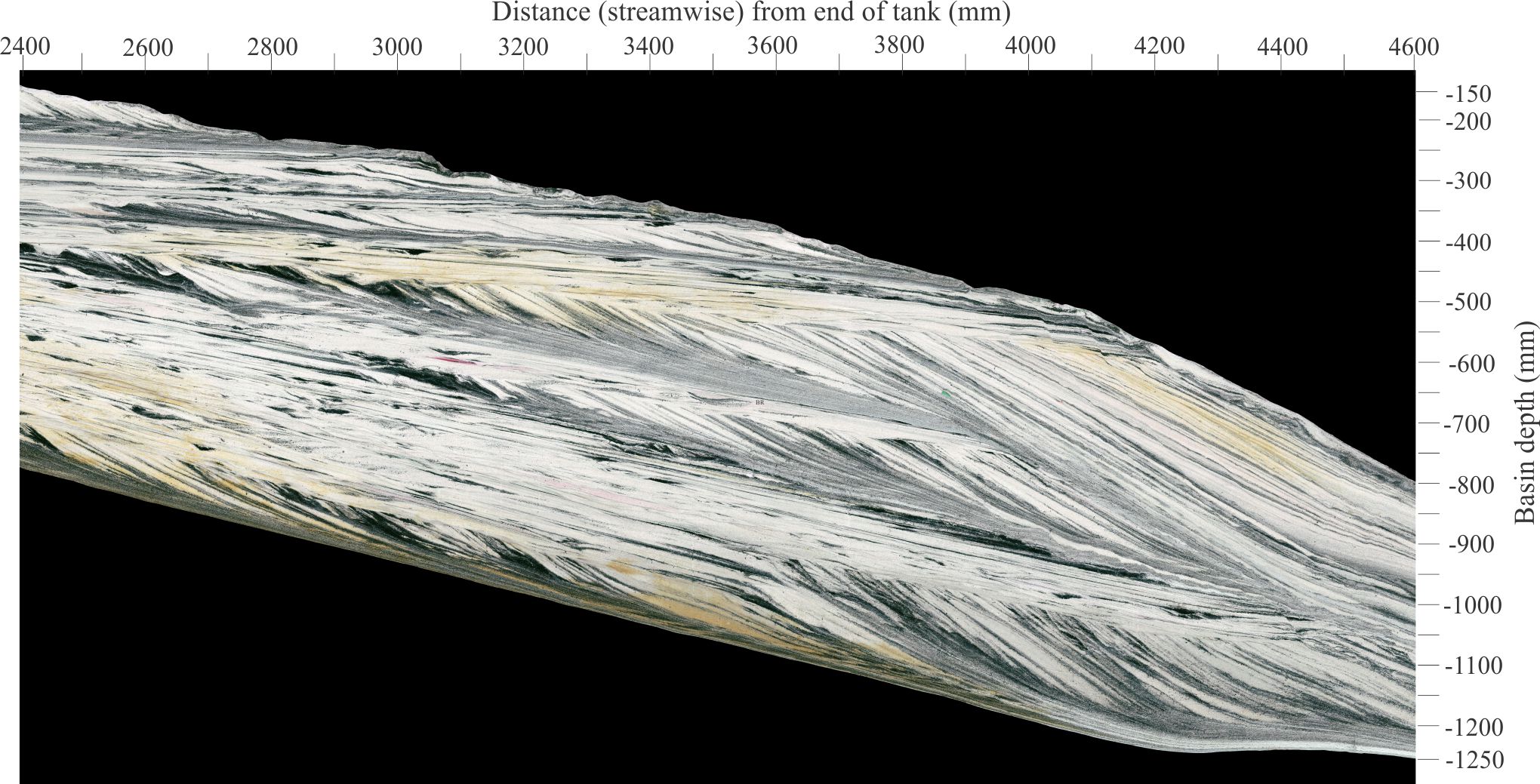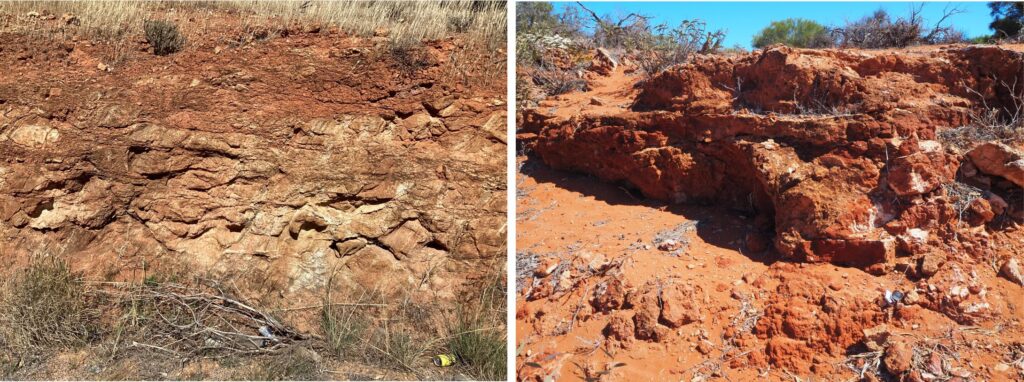
A series on clay minerals – their crystal chemistry, identification, formation
Weathering of sediment and rock at Earth’s surface is the product of a complex set of processes. Weathering involves an alliance among different physical, chemical, and biological systems, each of which comprises multifarious processes. It takes place everywhere the surface is exposed. Weathering contributes to the transformation of landscapes and the formation of soils. It produces sediment that eventually finds its way to any number of depositional environments. Dissolved solids can be transferred to other parts of a weathering profile or to deeper levels in the crust.
The clay particles deposited with dispersed granular sediment are referred to as detrital clays. Most detrital clays are produced by chemical weathering of minerals in unconsolidated sediment and indurated rock; in many cases, biological processes intervene. The vertical zone of weathering is described as a profile where the most intense alteration near the surface gives way to unaltered bedrock or sediment at depth; the descriptive conventions for weathering profiles are derived from soil science. Weathering profiles develop in the unsaturated, or vadose zone above local watertables.
Weathered bedrock
The base of a weathering profile is unaltered bedrock or sediment. Above this is a zone of incipient alteration that is generally confined to fractures or other surfaces of discontinuity such as bedding planes. Fluid flow is intermittent, associated with precipitation or snow melt and controlled by vertical drainage. Primary bedrock textures and structures are largely intact.
The Saprolite
The name saprolite applies to the interval higher in the profile that is characterized by increasingly disaggregated and altered bedrock, although primary textures are usually preserved (e.g. Stolt and Baker, 1994). The boundary between intact bedrock and the saprolite is usually gradual; the degree of disaggregation increases upward along with a concomitant decrease in preserved bedrock textures.

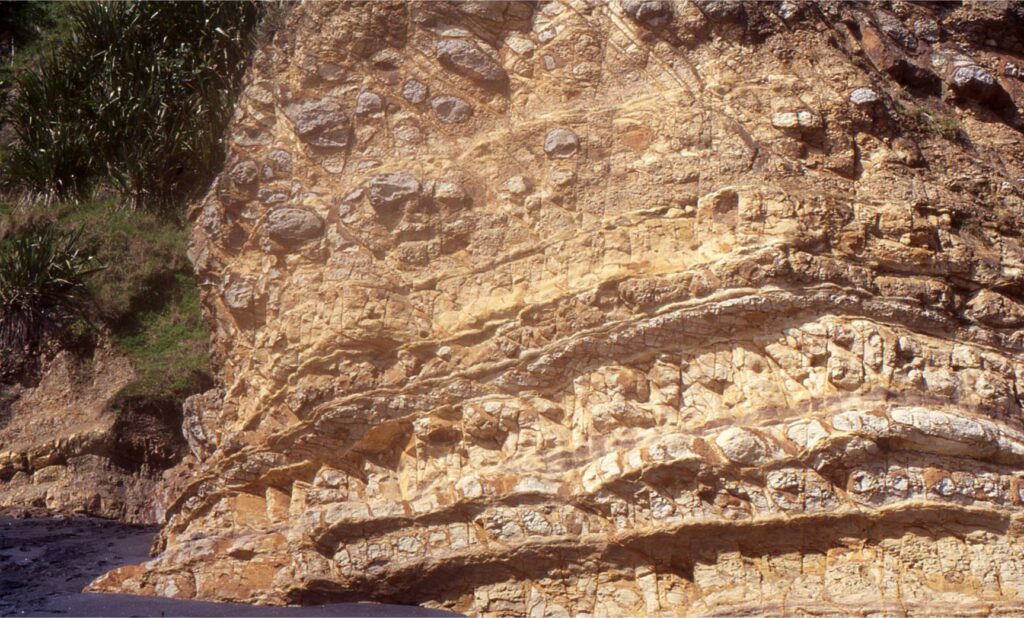
Soil interval
The topmost interval contains the most intensely altered parent material. Soil scientists divide the interval into 3 or 4 zones:
Zone C (base): Seriously altered bedrock in which original textures and fabrics have been (mostly) overprinted. It is usually devoid of illuviated organic matter.
Zone B: Like interval C but contains illuviated organic matter displaced by percolating water from the overlying organic-rich zone.
Zone A: This interval contains a mix of altered parent material and organic matter that has accumulated both in situ and by eluviation.
Topsoil – Zone O: The top of a profile may contain a zone that consists primarily of organic matter – accumulated leaf-litter, humus, and (hopefully) a vibrant microflora. This is the sedimentary layer that sustains humanity and most other terrestrial critters.
Weathering profile chemistry
Chemical weathering of rock is controlled by the reactivity (thermodynamic stability) of the rock-forming minerals. Weathering profiles are evolving chemical systems. This is particularly true of the interstitial fluids wherein dissolution and precipitation reactions change the fluid composition and the subsequent stability of primary and authigenic mineral phases. The principal kinds of reaction include (Wilson, 2004):
- Acid-base reactions and pH buffering. Initially this is controlled by the CO2 content of water and the carbonate equilibria associated with carbonic acid. pH will also be influenced by organic acids, and the dissolution of any calcium carbonate present. pH buffering is also influenced by hydrolysis of metal ions. https://www.geological-digressions.com/mineralogy-of-carbonates-basic-geochemistry/
- Hydrolysis. In soils, the hydration of divalent and trivalent metal ions becomes increasingly important as mineral alteration proceeds deeper in the weathering profile. The reaction adds a hydroxyl ion to the metal ion complex by releasing a proton from water – in effect this is an acid-base reaction. Under extreme leaching, laterites consisting of relatively insoluble Fe3+ and Al3+ hydroxides such as Gibbsite (Al (OH)3) will form; most of the other metal cations are removed during leaching. An example of the hydrolysis of plagioclase that produces kaolinite is:
CaAl2Si2O8 + H2CO3 + ½O2 ↔ Al2Si2O5(OH)4 + Ca2+(aq) + CO32− (aq)
(Plagioclase) (Kaolinite) (The aqueous Ca2+ and CO32- are available for additional reactions such as calcite cementation).
- REDOX reactions. Weathered profiles commonly have rust-red-brown hues. The colouration is due to the common iron oxides limonite and goethite that precipitate from the Fe3+ released during mineral leaching, mainly from ferromagnesian minerals (olivines, amphiboles, pyroxenes, and micas like biotite and phlogopite). The extent of oxidation depends on temperature and the depth to which oxygen-rich water can penetrate the profile; the oxygen in this case is a component of the air dissolved in rainwater.
Some controls over weathering profile formation
Weathering profiles are confined to the (vadose) unsaturated layer of rock or sediment above local watertables. The unsaturated zone is subjected to periodic wetting and drying, heating and cooling. Profile thickness and composition depends on factors such as climate, vegetation, bedrock composition, topography, and longevity:
- Precipitation. Rain or snow-ice melt will percolate under the influence of gravity through rock discontinuities such as fractures and pore spaces. Gravity drainage is also responsible for aquifer recharge. Initially, these waters will contain only dissolved CO2 and O2, but will gain dissolved ions as water-rock reactions proceed in the saprolite and underlying weathered bedrock. Soluble organic compounds (like organic acids), a product of organic matter breakdown, will also be added to the aqueous fluid mix.
- Air and water temperature – soil profiles in humid tropical regions tend to be thicker and more oxidized than those developed in cool-temperate or cold regions. In part this is due to the rates of chemical reactions that in most cases increase in concert with temperature.
- Vegetation cover. Organic matter exerts a significant control over the pH of percolating waters, as well as providing soluble compounds that can bond to cations released from the parent material. The amount of available organic matter depends on vegetation productivity. Plant species also strongly influence the chemical composition of organic compounds, particularly organic acids like acetic and propionic acid. For example, conifer-rich vegetation covers commonly produce low-pH (acidic) soils, or podzols, where minerals like feldspar and various ferromagnesian minerals are rapidly altered to oxides – the resulting soil profiles may show preferential enrichment of relatively insoluble minerals like quartz and amorphous silica.
- Parent material composition. The precipitation of clays and oxides in weathering profiles depends on fluid composition and the availability of cations and anions (mainly Si4+, Al3+, Fe2+,3+, Ca2+, Mg2+, K+, SiO44-, OH–, O2-). Bedrock composition is a strong determinant of ion species availability, for example compare the mineralogy of felsic and basic igneous parents, or carbonate and siliciclastic parents. Felsic igneous rocks are characterized by quartz, potassium feldspar, sodic plagioclase, and lesser proportions of ferromagnesian minerals, whereas mafic igneous parents are commonly defined by calcic plagioclase and ferromagnesian mineral assemblages.
- Topography: Slope stability is a major factor in the development and preservation of weathering profiles. Profiles on steep slopes are limited by mass wasting and erosion of surface material.
- Longevity of exposure: Profile depth and the intensity of weathering will tend to increase with time of exposure under most environmental conditions. Longevity will be controlled primarily by erosion in the short term, and changes in climate (e.g., precipitation) or vegetation cover over longer periods.
Mineral stability in weathering profiles
Fluid composition also depends on the chemical stability and solubility of parent minerals under the temperature and pressure conditions at the surface. This means that, from a thermodynamic perspective, minerals that are unstable with respect to the ambient fluid are more prone to alteration and leaching than more stable minerals.
Enter Samuel Goldich’s mineral stability series. Goldich (A Study in Rock-Weathering, 1938) established a series for mineral stability based on their susceptibility to alteration and leaching during weathering; the series is basically the reverse of the Bowen Reaction Series that predicts the mineral crystallization sequence in a cooling igneous melt. The Goldich sequence for ferromagnesian minerals and feldspars, beginning with the least stable is shown below.

The Goldich series is a useful first approximation to mineral weathering susceptibility; Goldich based his conclusion on observations of weathering profiles, and from the theoretical condition wherein minerals that crystallize at the highest temperatures are furthest from equilibrium at Earth’s surface. However, crystallographic factors such as lattice defects and dislocations may increase the propensity for weathering such that some stability fields will overlap.
Mineral stability also depends on the ‘state’ of each mineral species at the time of weathering – are crystals fresh and unaltered, or have they undergone a degree of alteration in the original melt, later hydrothermal activity, or from weathering and burial diagenesis during an older sedimentary cycle? For example, the olivine forsterite (Mg2+) – fayalite (Fe2+) solid series may alter to different smectite species depending on the prevalence of Fe or Mg, with a possible iddingsite precursor where Mg2+ is replaced by Fe2+.
Weathering profiles that develop on older sedimentary rocks will probably involve minerals that have already undergone some degree of alteration. For example, burial diagenesis of feldspars may produce partial replacement by sericite (a disordered white mica), partial dissolution and replacement by calcite cement, or replacement by clays, particularly illite and kaolinite.
The example images below show plagioclase sourced from Cretaceous basic volcanic rocks and greywackes that were exposed to acidic, podzol weathering during the Plio-Pleistocene, and deposited in coastal sand dunes and shallow marine environments. Vegetation cover at that time was dominated by the native New Zealand conifer Agatha’s australis, a species responsible for development of widespread podzolization.
Typical feldspar dissolution features include:
- Triangular dissolution etch-pits initially developed at the junction between crystal faces;
- Further leaching produces etch-furrows where pits have amalgamated.
- Extreme leaching produces deeper, skeletal-like solution cavities.
Dissolution is focused along twin and cleavage planes. The etch pits are similar to those produced by experimental leaching of feldspars (examples cited in Wilson, 2004 op. cit)). The skeletal plagioclase grain represents more advanced dissolution focused along albite (010) twin planes and cleavage planes at (010) and (001). All the images are from Pleistocene deposits bordering Great Exhibition Bay, northernmost New Zealand.


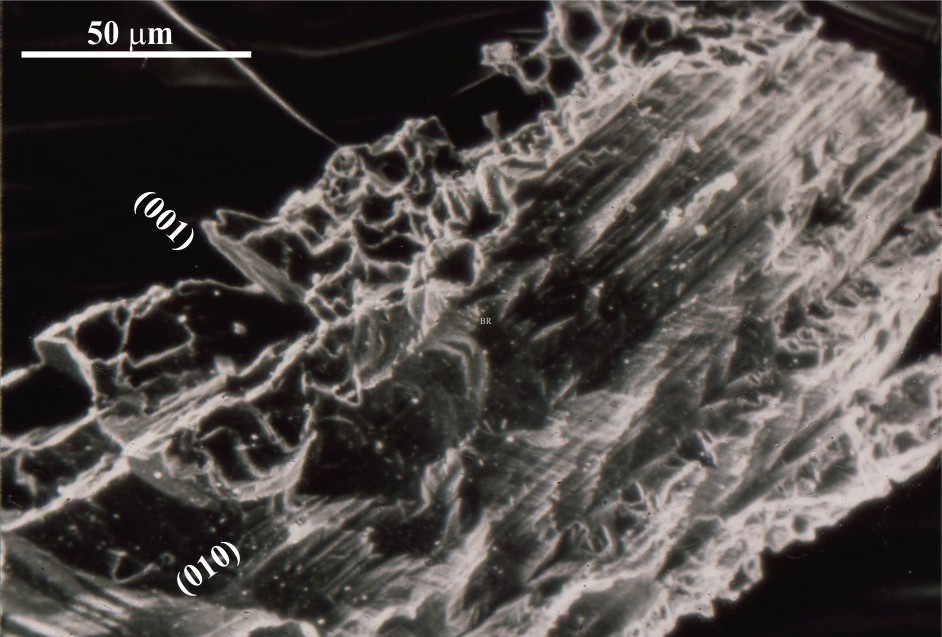
Clay minerals produced by weathering; some generalizations
Generalizations are useful in so far as they give us some idea of what to expect, but there are always exceptions. The generalizations made here are couched in terms of the variability of mineral species that can occur within a weathering profile because of temporal changes in temperature, precipitation, vegetation, and erosion. The predominance of one clay mineral over another may also change during prolonged, intense weathering, for example where smectites, chlorites, and illites recrystallize to kaolinite, and kaolinite to gibbsite and Fe oxides in laterites:
- Olivine is one of the least stable minerals in weathering conditions – it rarely survives the first cycle of deposition. It generally weathers to Fe2+ and Mg2+ smectites, and if weathering is intense, smectite to Fe oxides.
- Pyroxenes and amphiboles commonly produce smectites, vermiculite, chlorite, and Fe oxides
- Biotite and related Fe2+ and Fe3+ micas like phlogopite tend to produce vermiculite and chlorite but can alter directly to kaolinite-halloysite and Fe oxides under intense weathering.
- Muscovite can survive multiple sedimentary cycles and is one of the most stable micas in weathering profiles, where it alters to disordered muscovite and illite.
- K-feldspar can alter to different clay mineral suites, including illite, kaolinite, and intermediate smectites.
- Plagioclase – calcic plagioclases are less stable than sodic forms. Kaolinite and halloysite are common products, but smectites can also form. Kaolinite will alter to gibbsite under more extreme weathering.
